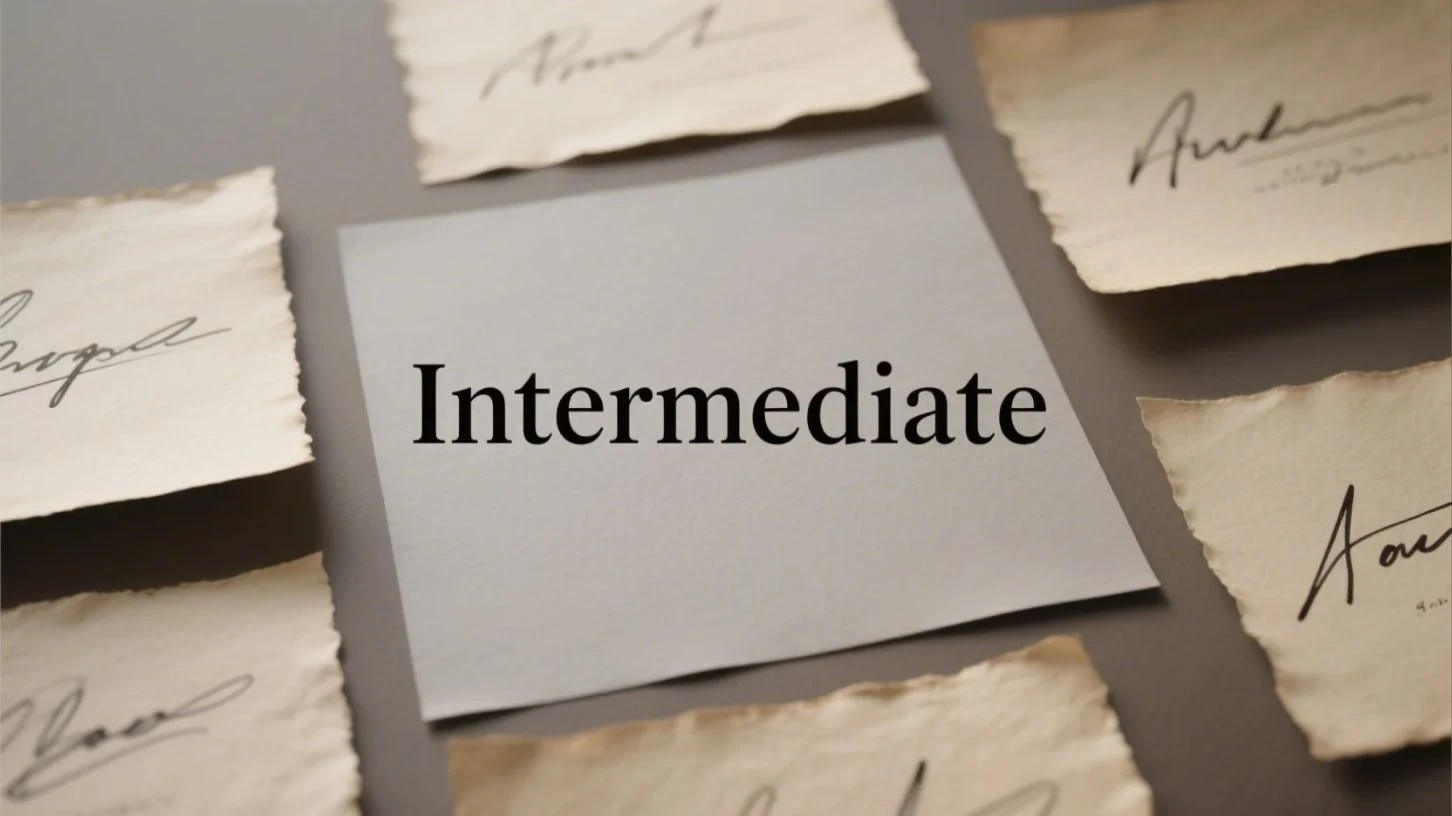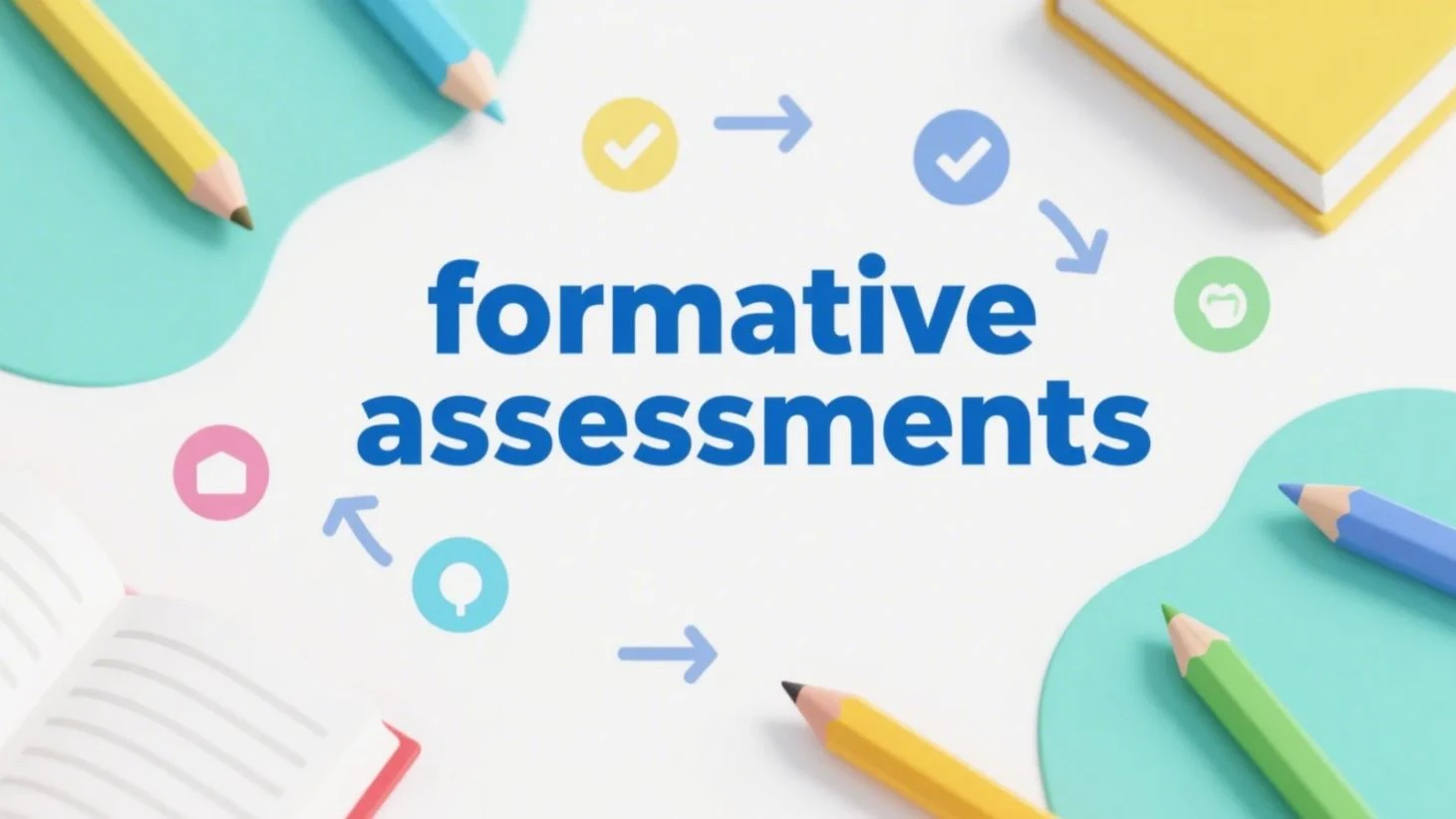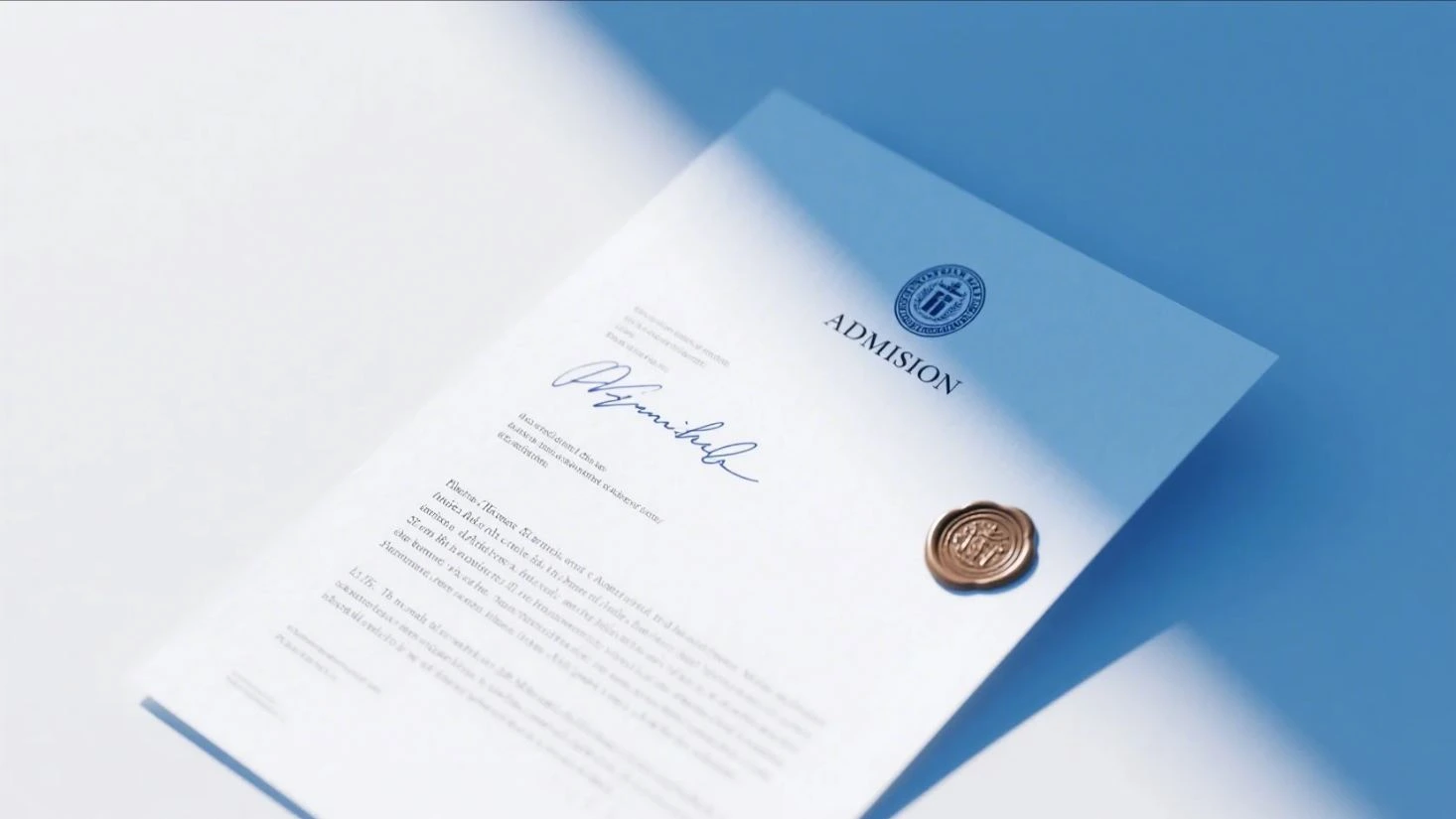Bài viết “100 từ vựng và cụm từ vựng tiếng Anh chuyên ngành Phân tích chi phí” cung cấp danh sách các thuật ngữ phổ biến và cần thiết trong lĩnh vực phân tích chi phí. Nội dung giúp người đọc nắm bắt các khái niệm quan trọng, hỗ trợ trong học tập, làm việc và giao tiếp chuyên môn về tài chính, kinh tế và kế toán.
Từ vựng ngành Phân tích chi phí
- Cost analysis – Phân tích chi phí
- Fixed costs – Chi phí cố định
- Variable costs – Chi phí biến đổi
- Direct costs – Chi phí trực tiếp
- Indirect costs – Chi phí gián tiếp
- Marginal cost – Chi phí cận biên
- Total cost – Tổng chi phí
- Cost allocation – Phân bổ chi phí
- Cost control – Kiểm soát chi phí
- Cost efficiency – Hiệu quả chi phí
- Break-even point – Điểm hòa vốn
- Overhead costs – Chi phí quản lý
- Cost-benefit analysis – Phân tích lợi ích chi phí
- Opportunity cost – Chi phí cơ hội
- Sunk cost – Chi phí chìm
- Cost structure – Cơ cấu chi phí
- Cost driver – Yếu tố thúc đẩy chi phí
- Cost variance – Biến động chi phí
- Cost estimate – Dự toán chi phí
- Cost reduction – Giảm chi phí
- Incremental cost – Chi phí tăng thêm
- Unit cost – Chi phí đơn vị
- Cost of goods sold (COGS) – Giá vốn hàng bán
- Direct labor cost – Chi phí lao động trực tiếp
- Cost accounting – Kế toán chi phí
- Activity-based costing – Phương pháp tính chi phí dựa trên hoạt động
- Cost structure analysis – Phân tích cơ cấu chi phí
- Target costing – Định mức chi phí mục tiêu
- Cost leadership – Dẫn đầu về chi phí
- Cost management – Quản lý chi phí
- Capital cost – Chi phí vốn
- Depreciation cost – Chi phí khấu hao
- Operating cost – Chi phí vận hành
- Production cost – Chi phí sản xuất
- Cost center – Trung tâm chi phí
- Budgeting – Lập ngân sách
- Cost allocation base – Cơ sở phân bổ chi phí
- Cost absorption – Hấp thụ chi phí
- Indirect labor cost – Chi phí lao động gián tiếp
- Process costing – Phương pháp tính chi phí theo quy trình
- Joint costs – Chi phí chung
- Opportunity cost analysis – Phân tích chi phí cơ hội
- Service costing – Tính chi phí dịch vụ
- Cost-benefit ratio – Tỷ lệ lợi ích chi phí
- Cost-plus pricing – Định giá dựa trên chi phí cộng thêm
- Fixed cost allocation – Phân bổ chi phí cố định
- Cost-volume-profit analysis – Phân tích quan hệ chi phí – sản lượng – lợi nhuận
- Step costs – Chi phí bậc thang
- Cost behavior – Hành vi chi phí
- Standard cost – Chi phí chuẩn
- Cost efficiency analysis – Phân tích hiệu quả chi phí
- Outsourcing cost – Chi phí thuê ngoài
- Cost structure optimization – Tối ưu hóa cơ cấu chi phí
- Absorption costing – Phương pháp tính giá hấp thụ
- Variable cost analysis – Phân tích chi phí biến đổi
- Break-even analysis – Phân tích điểm hòa vốn
- Prime cost – Chi phí chính
- Cost pooling – Gom chi phí
- Cost transparency – Minh bạch chi phí
- Maintenance cost – Chi phí bảo trì
- Labor cost – Chi phí lao động
- Projected cost – Chi phí dự kiến
- Manufacturing overhead – Chi phí quản lý sản xuất
- Fixed cost recovery – Thu hồi chi phí cố định
- Overhead absorption – Hấp thụ chi phí quản lý
- Budgeted cost – Chi phí theo ngân sách
- Comparative cost analysis – Phân tích so sánh chi phí
- Cost of sales – Chi phí bán hàng
- Semi-variable costs – Chi phí bán biến đổi
- Cost analysis report – Báo cáo phân tích chi phí
- Indirect cost allocation – Phân bổ chi phí gián tiếp
- Direct materials cost – Chi phí nguyên vật liệu trực tiếp
- Absorbed cost – Chi phí đã hấp thụ
- Capital expenditure – Chi phí vốn
- Cost leadership strategy – Chiến lược dẫn đầu về chi phí
- Cost overruns – Chi phí vượt mức
- Contingency cost – Chi phí dự phòng
- Relevant cost – Chi phí liên quan
- Fixed cost allocation method – Phương pháp phân bổ chi phí cố định
- Historical cost – Chi phí lịch sử
- Cost reconciliation – Hòa giải chi phí
- Average cost – Chi phí trung bình
- Contract cost – Chi phí hợp đồng
- Environmental cost – Chi phí môi trường
- Non-manufacturing cost – Chi phí không sản xuất
- Life cycle cost – Chi phí vòng đời
- Preventive cost – Chi phí phòng ngừa
- Process cost – Chi phí quy trình
- Development cost – Chi phí phát triển
- Waste cost – Chi phí lãng phí
- Cost modeling – Mô hình hóa chi phí
- Period cost – Chi phí kỳ hạn
- Controllable cost – Chi phí kiểm soát được
- Distribution cost – Chi phí phân phối
- Overhead allocation – Phân bổ chi phí quản lý
- Cost per unit – Chi phí trên mỗi đơn vị
- Fixed cost coverage – Bảo hiểm chi phí cố định
- Lean cost management – Quản lý chi phí tinh gọn
- Expense tracking – Theo dõi chi phí
- Procurement cost – Chi phí thu mua
Bài viết có sử dụng các thuật ngữ trên
Đặt câu với từ vựng
- Cost analysis: We conducted a thorough cost analysis before launching the new product.
- Fixed costs: Rent and salaries are examples of fixed costs that must be paid regardless of production levels.
- Variable costs: The cost of raw materials is a variable cost that changes with production volume.
- Direct costs: Direct costs include expenses like materials and labor directly tied to production.
- Indirect costs: Indirect costs, such as utilities, are not directly traceable to a single product.
- Marginal cost: The marginal cost of producing one more unit decreases as production volume increases.
- Total cost: The total cost of the project exceeded our initial estimates.
- Cost allocation: Proper cost allocation is essential for accurate financial reporting.
- Cost control: Effective cost control strategies helped the company reduce its operating expenses.
- Cost efficiency: The new technology improved cost efficiency by reducing waste.
- Break-even point: The company needs to sell 1,000 units to reach the break-even point.
- Overhead costs: Overhead costs like office rent can significantly impact profit margins.
- Cost-benefit analysis: We conducted a cost-benefit analysis to determine whether the investment was worthwhile.
- Opportunity cost: The opportunity cost of choosing one investment over another must be carefully considered.
- Sunk cost: The sunk cost of the previous project should not influence our future decisions.
- Cost structure: Understanding the cost structure is crucial for pricing products competitively.
- Cost driver: Labor hours are a major cost driver in manufacturing industries.
- Cost variance: The cost variance in our budget was due to unexpected material price increases.
- Cost estimate: The cost estimate for the construction project was revised after the site inspection.
- Cost reduction: The company implemented a cost reduction plan to improve profitability.
- Incremental cost: The incremental cost of adding another feature to the product was minimal.
- Unit cost: The unit cost of production decreased as the factory’s output increased.
- Cost of goods sold (COGS): The cost of goods sold (COGS) directly impacts the company’s gross profit.
- Direct labor cost: Direct labor cost is a significant component of the total production cost.
- Cost accounting: Cost accounting helps businesses track and manage their production costs.
- Activity-based costing: Activity-based costing provides more accurate cost allocation by considering specific activities.
- Cost structure analysis: A detailed cost structure analysis revealed areas where we could cut expenses.
- Target costing: The company used target costing to ensure the new product would be profitable.
- Cost leadership: The company’s cost leadership strategy allowed it to offer the lowest prices in the market.
- Cost management: Effective cost management is key to maintaining profitability in a competitive market.
- Capital cost: The capital cost for the new machinery was higher than anticipated.
- Depreciation cost: Depreciation cost must be accounted for when calculating net income.
- Operating cost: Reducing operating costs can lead to higher profit margins.
- Production cost: The production cost per unit decreased as the factory became more efficient.
- Cost center: The marketing department was treated as a cost center within the organization.
- Budgeting: Accurate budgeting is crucial for keeping projects on track and within financial constraints.
- Cost allocation base: The cost allocation base used for overhead costs was labor hours.
- Cost absorption: Cost absorption ensures that all production costs are included in the price of goods.
- Indirect labor cost: Indirect labor cost includes wages for employees who support production but are not directly involved.
- Process costing: Process costing is typically used in industries like chemicals and textiles, where production is continuous.
- Joint costs: Joint costs arise when multiple products are produced from the same process.
- Opportunity cost analysis: Opportunity cost analysis helped us decide between two competing investment options.
- Service costing: Service costing is essential for pricing services accurately and competitively.
- Cost-benefit ratio: The cost-benefit ratio of the project was favorable, leading to its approval.
- Cost-plus pricing: The contract was based on cost-plus pricing, with a fixed fee added to cover profit.
- Fixed cost allocation: Fixed cost allocation ensures that all overheads are spread evenly across products.
- Cost-volume-profit analysis: Cost-volume-profit analysis helped us determine the ideal sales price.
- Step costs: Step costs increased when production exceeded the capacity of the existing equipment.
- Cost behavior: Understanding cost behavior is critical for predicting how costs will change with different levels of activity.
- Standard cost: The company set a standard cost for materials to help with budgeting and cost control.
- Cost efficiency analysis: Cost efficiency analysis revealed that outsourcing certain tasks could save money.
- Outsourcing cost: Outsourcing cost was lower than hiring in-house staff, leading to significant savings.
- Cost structure optimization: Cost structure optimization allowed the company to lower prices without sacrificing quality.
- Absorption costing: Absorption costing ensures that all costs, both fixed and variable, are included in the product cost.
- Variable cost analysis: Variable cost analysis showed that reducing waste could lower production costs.
- Break-even analysis: Break-even analysis is essential for understanding when a new product will become profitable.
- Prime cost: Prime cost, which includes direct materials and labor, is a major component of the total production cost.
- Cost pooling: Cost pooling allows for more efficient allocation of indirect costs across multiple products.
- Cost transparency: Cost transparency is important for building trust with customers and stakeholders.
- Maintenance cost: The maintenance cost of the equipment was higher than initially expected.
- Labor cost: Labor cost is a significant factor in determining the overall cost of production.
- Projected cost: The projected cost of the new project was carefully estimated to avoid overruns.
- Manufacturing overhead: Manufacturing overhead includes all indirect costs associated with production, such as utilities and rent.
- Fixed cost recovery: Fixed cost recovery was achieved once the product reached a certain sales volume.
- Overhead absorption: Overhead absorption ensures that all overhead costs are fully accounted for in the pricing.
- Budgeted cost: The budgeted cost for the marketing campaign was set at $50,000.
- Comparative cost analysis: Comparative cost analysis helped us choose the most cost-effective supplier.
- Cost of sales: The cost of sales was higher this quarter due to increased raw material prices.
- Semi-variable costs: Semi-variable costs include both fixed and variable components, such as a salesperson’s salary plus commission.
- Cost analysis report: The cost analysis report provided insights into where the company could reduce expenses.
- Indirect cost allocation: Indirect cost allocation requires careful consideration to ensure fairness and accuracy.
- Direct materials cost: Direct materials cost represents the raw materials used in production.
- Absorbed cost: The absorbed cost of overhead is included in the total cost of goods sold.
- Capital expenditure: The capital expenditure for the new factory was a significant investment for the company.
- Cost leadership strategy: The cost leadership strategy enabled the company to dominate the market by offering lower prices.
- Cost overruns: The project faced cost overruns due to delays and unexpected issues.
- Contingency cost: A contingency cost was included in the budget to cover unforeseen expenses.
- Relevant cost: Relevant cost should be considered when making decisions about future investments.
- Fixed cost allocation method: The fixed cost allocation method used by the company was based on production volume.
- Historical cost: Historical cost accounting records the original cost of an asset, without adjustments for inflation.
- Cost reconciliation: Cost reconciliation was necessary to ensure that all expenses were properly accounted for.
- Average cost: The average cost per unit decreased as production volumes increased.
- Contract cost: The contract cost was higher than expected due to changes in the project scope.
- Environmental cost: The environmental cost of production was minimized by implementing green practices.
- Non-manufacturing cost: Non-manufacturing cost includes expenses like administrative salaries and marketing.
- Life cycle cost: Life cycle cost analysis considers all costs associated with a product from development to disposal.
- Preventive cost: Investing in preventive cost measures can save money in the long run by avoiding larger expenses.
- Process cost: The process cost of producing the item was high due to the complexity of the manufacturing process.
- Development cost: The development cost of the software was offset by expected future revenues.
- Waste cost: Reducing waste cost was a key focus of the company’s sustainability initiative.
- Cost modeling: Cost modeling helped the company forecast expenses and set prices.
- Period cost: Period cost includes expenses that are not directly tied to production, such as marketing and administration.
- Controllable cost: Controllable cost includes expenses that management can influence or change.
- Distribution cost: Distribution cost was higher due to increased fuel prices and longer shipping distances.
- Overhead allocation: Overhead allocation is a critical step in ensuring accurate product costing.
- Cost per unit: The cost per unit decreased as production volumes increased, leading to higher profit margins.
- Fixed cost coverage: Fixed cost coverage is essential for ensuring that the company can break even.
- Lean cost management: Lean cost management techniques helped the company reduce waste and improve efficiency.
- Expense tracking: Expense tracking is crucial for maintaining a budget and preventing overspending.
- Procurement cost: The procurement cost for the new materials was higher than anticipated due to supply chain disruptions.
Bài tập
- We conducted a thorough ______ before launching the new product.
- Rent and salaries are examples of ______ that must be paid regardless of production levels.
- The cost of raw materials is a ______ that changes with production volume.
- ______ include expenses like materials and labor directly tied to production.
- ______, such as utilities, are not directly traceable to a single product.
- The ______ of producing one more unit decreases as production volume increases.
- The ______ of the project exceeded our initial estimates.
- Proper ______ is essential for accurate financial reporting.
- Effective ______ strategies helped the company reduce its operating expenses.
- The new technology improved ______ by reducing waste.
- The company needs to sell 1,000 units to reach the ______.
- ______ like office rent can significantly impact profit margins.
- We conducted a ______ to determine whether the investment was worthwhile.
- The ______ of choosing one investment over another must be carefully considered.
- The ______ of the previous project should not influence our future decisions.
- Understanding the ______ is crucial for pricing products competitively.
- Labor hours are a major ______ in manufacturing industries.
- The ______ in our budget was due to unexpected material price increases.
- The ______ for the construction project was revised after the site inspection.
- The company implemented a ______ plan to improve profitability.
- The ______ of adding another feature to the product was minimal.
- The ______ of production decreased as the factory’s output increased.
- The ______ directly impacts the company’s gross profit.
- ______ is a significant component of the total production cost.
- ______ helps businesses track and manage their production costs.
- ______ provides more accurate cost allocation by considering specific activities.
- A detailed ______ revealed areas where we could cut expenses.
- The company used ______ to ensure the new product would be profitable.
- The company’s ______ strategy allowed it to offer the lowest prices in the market.
- Effective ______ is key to maintaining profitability in a competitive market.
- The ______ for the new machinery was higher than anticipated.
- ______ must be accounted for when calculating net income.
- Reducing ______ can lead to higher profit margins.
- The ______ per unit decreased as the factory became more efficient.
- The marketing department was treated as a ______ within the organization.
- Accurate ______ is crucial for keeping projects on track and within financial constraints.
- The ______ used for overhead costs was labor hours.
- ______ ensures that all production costs are included in the price of goods.
- ______ includes wages for employees who support production but are not directly involved.
- ______ is typically used in industries like chemicals and textiles, where production is continuous.
- ______ arise when multiple products are produced from the same process.
- ______ helped us decide between two competing investment options.
- ______ is essential for pricing services accurately and competitively.
- The ______ of the project was favorable, leading to its approval.
- The contract was based on ______, with a fixed fee added to cover profit.
- ______ ensures that all overheads are spread evenly across products.
- ______ helped us determine the ideal sales price.
- ______ increased when production exceeded the capacity of the existing equipment.
- Understanding ______ is critical for predicting how costs will change with different levels of activity.
- The company set a ______ for materials to help with budgeting and cost control.
- ______ revealed that outsourcing certain tasks could save money.
- ______ was lower than hiring in-house staff, leading to significant savings.
- ______ allowed the company to lower prices without sacrificing quality.
- ______ ensures that all costs, both fixed and variable, are included in the product cost.
- ______ showed that reducing waste could lower production costs.
- ______ is essential for understanding when a new product will become profitable.
- ______, which includes direct materials and labor, is a major component of the total production cost.
- ______ allows for more efficient allocation of indirect costs across multiple products.
- ______ is important for building trust with customers and stakeholders.
- The ______ of the equipment was higher than initially expected.
- ______ is a significant factor in determining the overall cost of production.
- The ______ of the new project was carefully estimated to avoid overruns.
- ______ includes all indirect costs associated with production, such as utilities and rent.
- ______ was achieved once the product reached a certain sales volume.
- ______ ensures that all overhead costs are fully accounted for in the pricing.
- The ______ for the marketing campaign was set at $50,000.
- ______ helped us choose the most cost-effective supplier.
- The ______ was higher this quarter due to increased raw material prices.
- ______ include both fixed and variable components, such as a salesperson’s salary plus commission.
- The ______ provided insights into where the company could reduce expenses.
- ______ requires careful consideration to ensure fairness and accuracy.
- ______ represents the raw materials used in production.
- The ______ of overhead is included in the total cost of goods sold.
- The ______ for the new factory was a significant investment for the company.
- The ______ enabled the company to dominate the market by offering lower prices.
- The project faced ______ due to delays and unexpected issues.
- A ______ was included in the budget to cover unforeseen expenses.
- ______ should be considered when making decisions about future investments.
- The ______ used by the company was based on production volume.
- ______ accounting records the original cost of an asset, without adjustments for inflation.
- ______ was necessary to ensure that all expenses were properly accounted for.
- The ______ per unit decreased as production volumes increased.
- The ______ was higher than expected due to changes in the project scope.
- The ______ of production was minimized by implementing green practices.
- ______ includes expenses like administrative salaries and marketing.
- ______ analysis considers all costs associated with a product from development to disposal.
- Investing in ______ measures can save money in the long run by avoiding larger expenses.
- The ______ of producing the item was high due to the complexity of the manufacturing process.
- The ______ of the software was offset by expected future revenues.
- Reducing ______ was a key focus of the company’s sustainability initiative.
- ______ helped the company forecast expenses and set prices.
- ______ includes expenses that are not directly tied to production, such as marketing and administration.
- ______ includes expenses that management can influence or change.
- ______ was higher due to increased fuel prices and longer shipping distances.
- ______ is a critical step in ensuring accurate product costing.
- The ______ per unit decreased as production volumes increased, leading to higher profit margins.
- ______ is essential for ensuring that the company can break even.
- ______ techniques helped the company reduce waste and improve efficiency.
- ______ is crucial for maintaining a budget and preventing overspending.
- The ______ for the new materials was higher than anticipated due to supply chain disruptions.
Đáp án
- cost analysis
- fixed costs
- variable cost
- direct costs
- indirect costs
- marginal cost
- total cost
- cost allocation
- cost control
- cost efficiency
- break-even point
- overhead costs
- cost-benefit analysis
- opportunity cost
- sunk cost
- cost structure
- cost driver
- cost variance
- cost estimate
- cost reduction
- incremental cost
- unit cost
- cost of goods sold (COGS)
- direct labor cost
- cost accounting
- activity-based costing
- cost structure analysis
- target costing
- cost leadership
- cost management
- capital cost
- depreciation cost
- operating costs
- production cost
- cost center
- budgeting
- cost allocation base
- cost absorption
- indirect labor cost
- process costing
- joint costs
- opportunity cost analysis
- service costing
- cost-benefit ratio
- cost-plus pricing
- fixed cost allocation
- cost-volume-profit analysis
- step costs
- cost behavior
- standard cost
- cost efficiency analysis
- outsourcing cost
- cost structure optimization
- absorption costing
- variable cost analysis
- break-even analysis
- prime cost
- cost pooling
- cost transparency
- maintenance cost
- labor cost
- projected cost
- manufacturing overhead
- fixed cost recovery
- overhead absorption
- budgeted cost
- comparative cost analysis
- cost of sales
- semi-variable costs
- cost analysis report
- indirect cost allocation
- direct materials cost
- absorbed cost
- capital expenditure
- cost leadership strategy
- cost overruns
- contingency cost
- relevant cost
- fixed cost allocation method
- historical cost
- cost reconciliation
- average cost
- contract cost
- environmental cost
- non-manufacturing cost
- life cycle cost
- preventive cost
- process cost
- development cost
- waste cost
- cost modeling
- period cost
- controllable cost
- distribution cost
- overhead allocation
- cost per unit
- fixed cost coverage
- lean cost management
- expense tracking
- procurement cost











